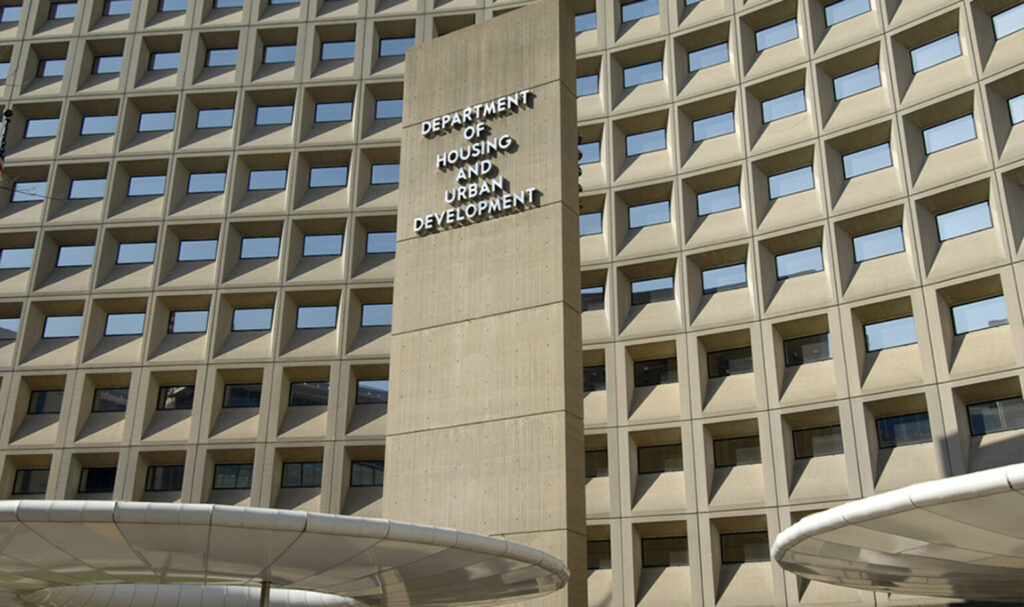What Happened?

The Biden Administration released its proposed budget for FY25. HUD’s budget requests $350 million for its Office of Lead Hazard Control and Healthy Homes, only $5 million more than Congress approved last week for the Office in FY24.1 The highlights for Office are:
- Setting aside 80% of the $200 million for Lead Hazard Reduction Grants based on a formula rather than a competitive approach. This is the first time HUD has proposed a formula approach, saying it will “allow more efficient distribution of funding to the highest need communities, streamline the selection and award of grants for communities facing large lead paint problems.” The balance will be competitive and “open to a broader range of States, Native American Tribes, and communities with pre-1978 rental housing.”
- Setting aside $46 million of the $130 million request for Healthy Homes Grants and Support based on a formula approach. HUD will award them proportionally to those receiving Lead Hazard Reduction Grants to address other housing-related health and safety hazards in homes being treated for lead hazards, based on formula described in previous item. This will ensure that grantees—both those with formula grants and those with competitively awarded lead hazard reduction grants—will continue to be able to address those other health hazards.
- Giving back $155 million in funds appropriated in FY23 and FY24 for Lead Hazard Reduction Grants in FY23 and FY24. This rescission is needed because HUD says it received too few eligible grants “due to grantee capacity constraints.” The department reports having roughly $768 million in funds from prior years—more than any prior year—that it had not obligated by issuing grants to communities. This total would have been almost $1 billion if Congress had not rescinded $65 million in FY24 and had the Administration not called for $155 million more in rescissions in FY25. See our earlier blogs here and here on those recissions.
- Estimating the average cost to control lead hazards at a home will be $14,000, up $2,000 from prior years. HUD says this is to “reflect expected increased costs associated with the more stringent end-of-project cleaning and clearance testing projected to be required by the amended Environmental Protection Agency (EPA) dust-lead rule.” EPA proposed the rule in August 2023 and plans to finalize it by October 2024. The proposal would lower the clearance levels that cleanups must meet from “10 µg/ft2, 100 µg/ft2 and 400 µg/ft2 for floors, window sills, and window troughs to 3 µg/ft2, 20 µg/ft2, and 25 µg/ft2, respectively.”2
- Asking for $10 million in grants to replace lead service lines (LSL) serving HUD-assisted housing. LSLs are the lead pipes that connect the water main under the street to homes and buildings. HUD made a similar request last year. It was ignored by Congress, a fate likely for this request as well.
Why it Matters
The release of the Administration’s budget begins an intense period where department staff meet with Hill staff to talk through the proposals and try to shape the bills that the Senate and the House Appropriations Committees plan to vote on in July.3 At the same time, stakeholders use the period to share their opinions with their elected representatives and Hill staff about not just the proposal but about related issues, including concerns with the department’s performance.
Our Take
We applaud HUD for proposing to allocate a significant portion of the grant funding for lead hazard reduction (and supplements for healthy homes work) using a need-based formula. If the department gets approval and follows through quickly and fully, communities with greatest need will have a much stronger incentive to participate and to deliver on current grants. Had this type of program been in place when HUD recognized it was receiving more funding than it could obligate, the department would not be proposing to give back $155 million in unobligated funds from previous years or have an unprecedented backlog of $768 million more to award from previous years.
The current competitive approach has hampered success because state and local governments have a difficult time justifying the investment of time and effort to apply given the burden of applying when it could all stop in a few years. The uncertainty makes it challenging to recruit and retain staff as well as maintain a strong network of risk assessors, abatement contractors, and partners essential to sustained success. The Office’s capacity building grants have helped but are still new.
While a positive step, with only four months for the Appropriations Committees to evaluate it, a significant change such as this one will be challenging to pass without significant support from stakeholders, especially local communities. We encourage HUD to make every effort working with key organizations like the Green and Healthy Homes Initiative (GHHI), the National Center for Healthy Housing (NCHH), and the Lead Environmental Hazard Association (LEHA), in addition to current and past grantees. The groups and grantees, and their partners, need to get the details and convince their elected representatives of its merits.
We do not want to see this proposal end up like the ill-conceived grants for LSL replacement where HUD did little outreach. Federally assisted properties should be at the front of the line in getting their LSLs replaced at no cost to the property owner in this once in a lifetime opportunity made possible by the Administration’s Bipartisan Infrastructure Law. It is the best way to fulfill the commitment made by HUD Secretary Marcia Fudge on January 27, 2023, where she said at a White House meeting that the department was “developing a plan to replace waterlines from the street to the home.”4
We never saw a plan despite requests, and Congress never appears to have seriously considered the proposal. We need HUD to reach out to its local offices, public housing agencies, and participating landlords to encourage them to work closely with their local public water systems in getting their service lines replaced.
Who are the Communities at Greatest Need
HUD said the grants would be “awarded on a formula basis to be allocated pursuant to formulas established by the Secretary by notice that considers:
- the rate of low-income families residing in older housing (specifically, pre-1978 for the lead hazard control programs and pre-1940 for the lead hazard reduction demonstration programs),
- the rate of children under age six years with elevated blood lead levels, and
- such other criteria or weighted adjustments as the Secretary may establish.”5
The department said it “would operate a qualifying, prioritizing, filtering, and selecting process that focuses on providing high lead exposure risk communities with grants of sufficient size to address their children’s housing-related lead exposures.”
Since the funds are small compared to the need of 2.6 million homes with young children that have at least one significant lead-based paint hazard, we assume that HUD would rank communities based on their need and go down the list until the funds were committed. This can be a time-consuming and complicated task on its own.
We encourage HUD to consider the hotspot mapping study that it jointly authored with EPA and the Centers for Disease Control and Prevention (CDC).6 For example, Table 2 in the study identified 40 counties in 20 states (including District of Columbia) with the highest potential lead exposure risk.
Next Steps
We encourage stakeholders to move quickly to consider the proposal and its implications, talk to HUD, GHHI, NCHH, and LEHA, and weigh in with their legislators.
- The timing was coincidental. ↩︎
- Micrograms per square foot (µg/ft2). ↩︎
- The Congressional Research Service is best place to track the bills and reports on appropriations. ↩︎
- Secretary Fudge’s presentation starts at the 53rd minute. ↩︎
- Formatting added. ↩︎
- See our blog on that study last month. ↩︎
